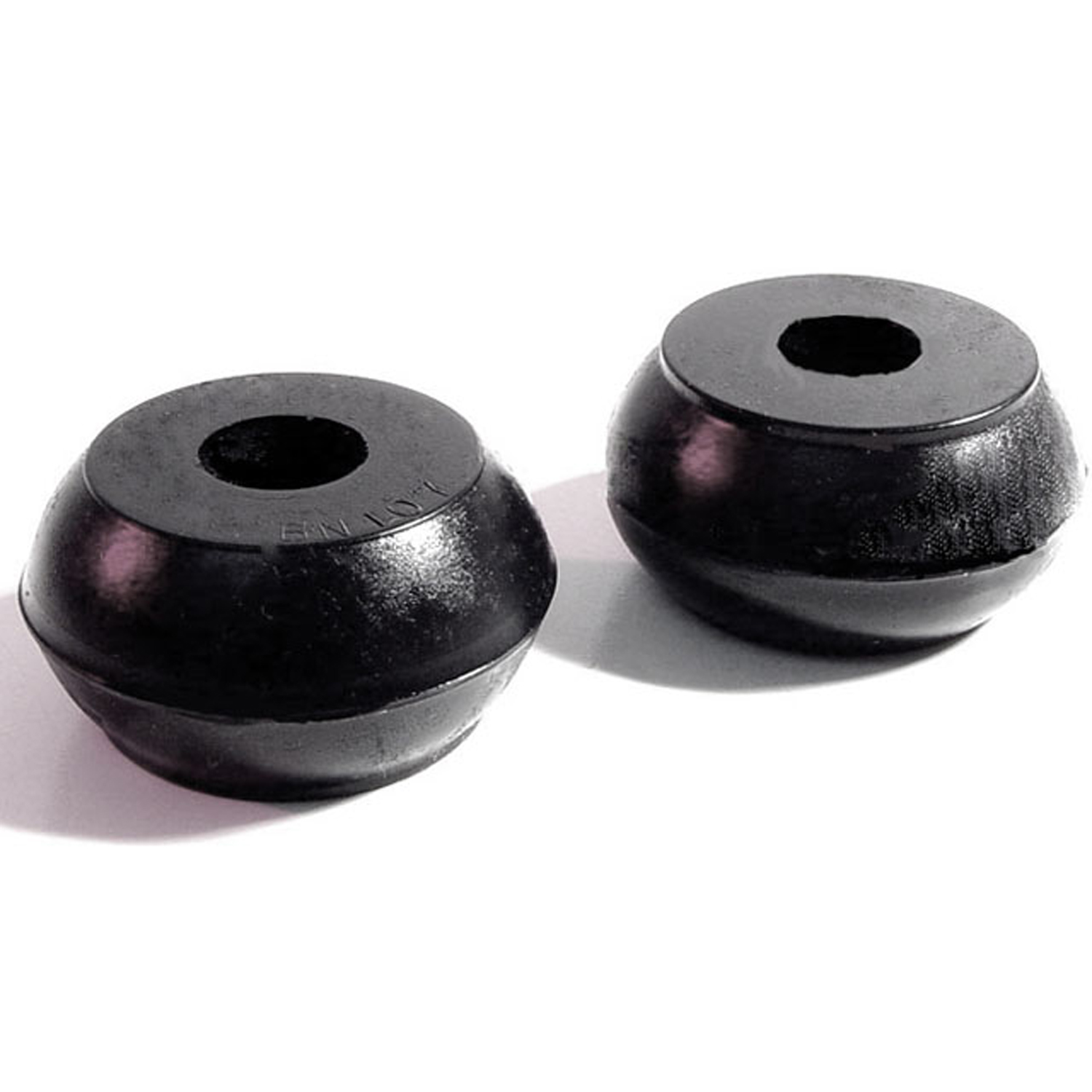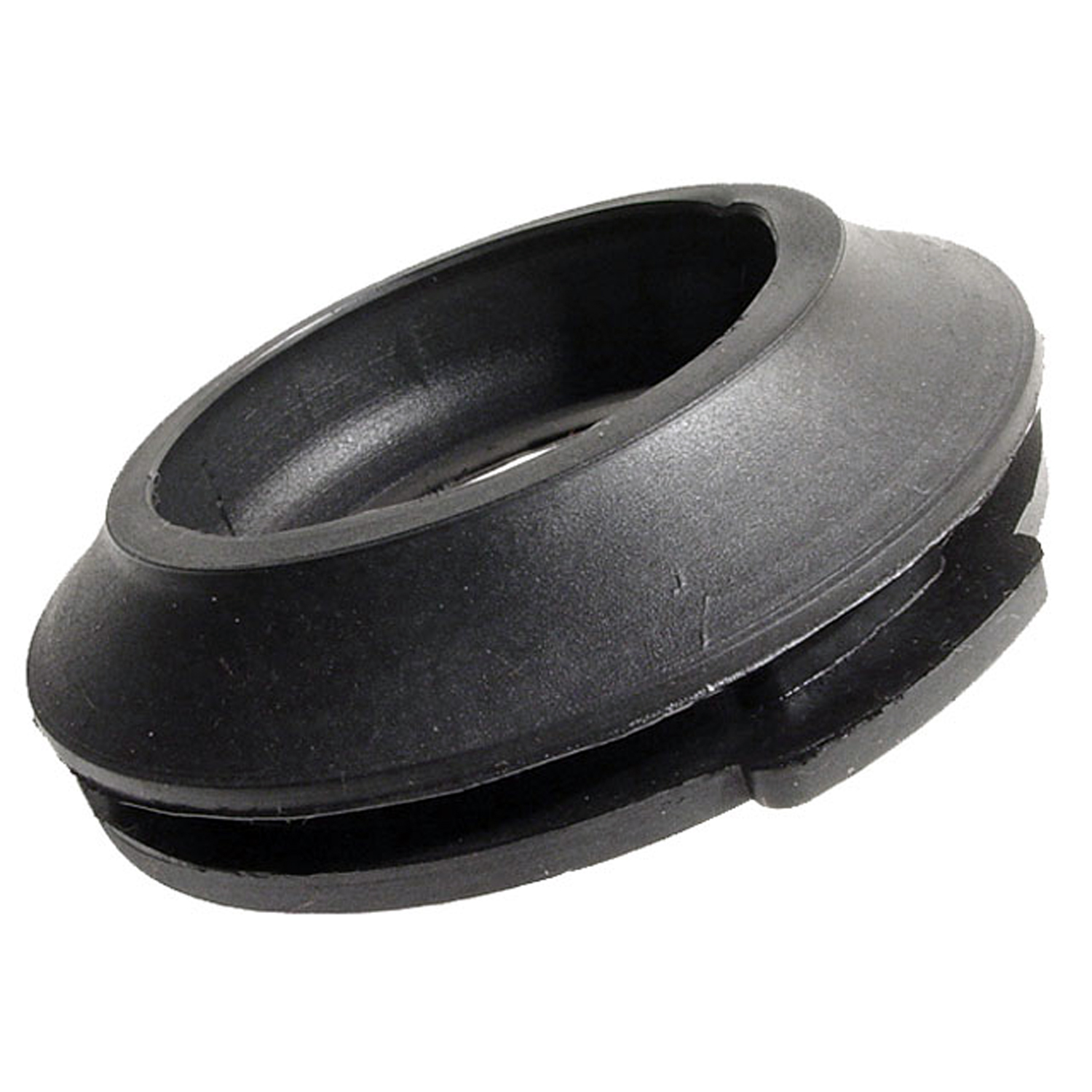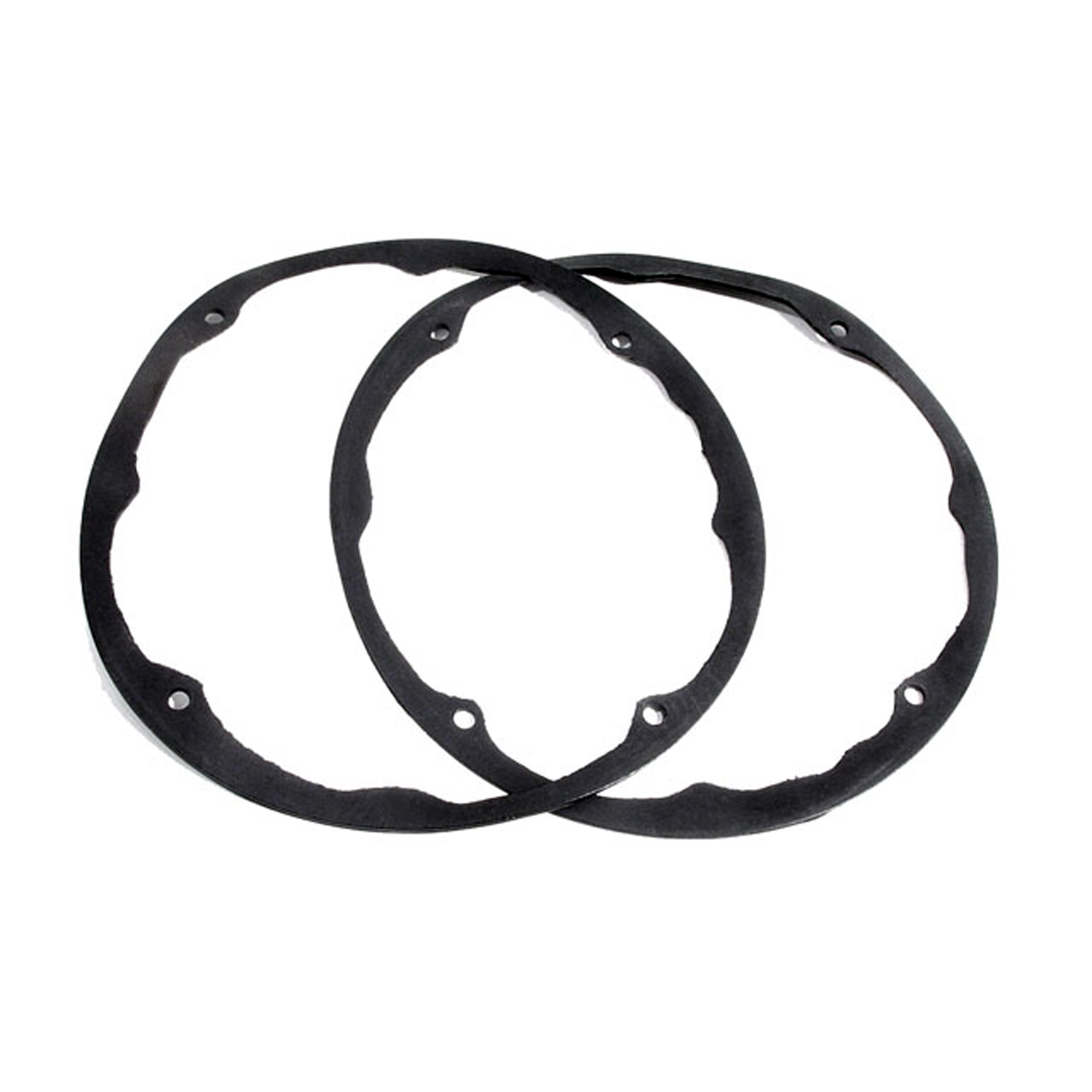Image of 1963 Studebaker Hawk, Note: These illustrations use artistic license and may differ from actual historical models.
Performance Metrics
Fundamental Metrics
Emotional Appeal
MMP Rating
| Engine Specifications | |
|---|---|
| Engine: | 289 cu in (4.7 L) V8 |
| Displacement: | 289 cu in (4.7 L) |
| Horsepower: | 225 hp at 4,800 rpm |
| Torque: | 312 lb-ft at 3,000 rpm |
| Compression Ratio: | 8.8:1 |
| Ignition System: | Conventional points ignition |
| Cooling System: | Liquid-cooled |
| Performance Specifications | |
| 0-60 Time: | 10 seconds |
| 1/4 Mile Time: | 17.5 seconds |
| Top Speed: | 120 mph |
| Transmission and Drive | |
| Drive Type: | Rear-wheel drive |
| Transmission Type: | 3-speed manual, 4-speed manual, or 3-speed automatic |
| Fuel and Efficiency | |
| Fuel System Type: | Carburetor |
| MPG: | 15 mpg |
| Dimensions and Brakes | |
| Brakes: | Drum brakes |
| Wheelbase: | 120.5 in |
| Weight: | 3,200 lbs |
Note: Specifications for classic cars are given to the best of our ability, considering the limited and variant data available.
Unveiling the 1963 Studebaker Hawk: A Blend of Elegance and Muscle
The 1963 Studebaker Hawk stands as a testament to the ingenuity and flair of early 60s automotive design. Born from the Studebaker Corporation, an iconic American manufacturer with roots stretching back to the days of horse-drawn wagons, this model was a bold statement during a time of intense competition in the auto industry. The Hawk series, which began in 1956, culminated in this final iteration before Studebaker's unfortunate decline. A unique fact that car enthusiasts often revel in is that the '63 Hawk was one of the last models produced by Studebaker in South Bend, Indiana, before closing its doors there, making it a poignant piece of automotive history.
Design and Innovation: The Hawk's Timeless Appeal
The exterior styling of the 1963 Studebaker Hawk was both sophisticated and aggressive. Its long hood and short rear deck were reminiscent of classic European grand tourers, yet it bore a muscular stance that was distinctly American. The interior was equally impressive for its time, with a focus on comfort and luxury. Materials ranged from rich vinyl to optional genuine leather upholstery, conveying a sense of upscale ambition. Technological features included Studebaker's innovative "Flightomatic" automatic transmission and a Twin-Traction differential, which were advanced for the era. Color options for the '63 Hawk varied from subdued to vibrant, with Parchment White and Red being popular choices among aficionados. Body styles were limited to the two-door coupe, but with several trim options available. The most iconic was undoubtedly the Gran Turismo (GT) version, which boasted enhanced styling cues and additional features that set it apart from its siblings.
Historical Significance: The Hawk's Legacy
The 1963 Studebaker Hawk left an indelible mark on automotive design and technology. Its blend of performance and luxury set it apart from other cars of its time. The Hawk's influence can be seen in subsequent personal luxury coupes that sought to emulate its formula of success. Despite facing stiff competition from the Big Three automakers, the Hawk managed to carve out its own niche and retain a loyal following.
Performance and Handling: The Thrill of Driving a Hawk
Underneath the hood lay a potent V8 engine capable of propelling the Hawk to impressive speeds for its day. Performance figures like a top speed upwards of 120 mph and acceleration from 0-60 mph in under 10 seconds were respectable benchmarks in the early '60s. Handling-wise, drivers could expect a firm yet responsive ride—capable on both smooth highways and challenging backroads. Driving a '63 Hawk was an auditory delight; its engine's throaty rumble was music to any gearhead's ears. The tactile feedback through the steering wheel and comfortable seating position made for an engaging driving experience that connected man with machine.
Ownership Experience: Living with a Classic
The 1963 Studebaker Hawk found its place as both a daily driver for some and a treasured showpiece for others. Its reliability was commendable for its era, though modern owners should be prepared for the maintenance that comes with any classic car ownership. Parts availability can be sporadic but dedicated clubs and communities provide invaluable support.
Fun Facts: The Hawk's Trivia Flight
Did you know that some Hawks were equipped with superchargers? These rare editions are highly sought after by collectors today. While not known for breaking speed records, the '63 Hawk did achieve sales success despite Studebaker's financial woes. Celebrity ownerships have included notable personalities from various fields who appreciated the car's unique character. Criticism at the time focused on its relatively high price tag compared to competitors and some reliability issues typical of American cars of that period.
Collector's Information: Investing in History
Today, values for a well-maintained 1963 Studebaker Hawk can vary widely based on condition, originality, and history. Estimates suggest that only several thousand GT models were produced, making them relatively rare finds on the collector market. Price trends have generally seen an appreciation over time as more enthusiasts seek out these unique examples of Studebaker's legacy. Depending on factors such as originality and condition, prices can range anywhere from $10,000 for a project car to over $50,000 for concours-quality specimens.
Conclusion: Celebrating the Spirit of Innovation
The 1963 Studebaker Hawk remains an emblematic figure within classic car circles—a symbol of innovation amidst adversity and elegance paired with power. It is more than just a vehicle; it is a narrative of American ingenuity at one of its most pivotal times. For those lucky enough to own or encounter one today, it offers an enduring connection to an era when cars were not just modes of transportation but statements of identity.
1963 Studebaker Hawk Catalog of Parts
 1963 Studebaker Hawk Power Steering Bushing. 1-9/16" O.D., 7/16" I.D. Pair-BN 107Power Steering Bushing. 1-9/16" O.D., 7/16" I.D. Pair
1963 Studebaker Hawk Power Steering Bushing. 1-9/16" O.D., 7/16" I.D. Pair-BN 107Power Steering Bushing. 1-9/16" O.D., 7/16" I.D. Pair 1963 Studebaker Hawk Gas Filler Grommet. Perfect reproduction. Top 2-1/16" I.D-GF 45Gas Filler Grommet. Perfect reproduction. Top 2-1/16" I.D., 3-7/16" O.D. Each
1963 Studebaker Hawk Gas Filler Grommet. Perfect reproduction. Top 2-1/16" I.D-GF 45Gas Filler Grommet. Perfect reproduction. Top 2-1/16" I.D., 3-7/16" O.D. Each 1963 Studebaker Hawk Headlight Ring Seal. 8-5/8" O.D., 7-7/8" I.D. Pair-HR 16Headlight Ring Seal. 8-5/8" O.D., 7-7/8" I.D. Pair
1963 Studebaker Hawk Headlight Ring Seal. 8-5/8" O.D., 7-7/8" I.D. Pair-HR 16Headlight Ring Seal. 8-5/8" O.D., 7-7/8" I.D. Pair 1963 Studebaker Hawk Rubber Seal Behind Fender on Headlights-MP 979-CRubber Seal Behind Fender on Headlights. 8-7/8" wide X 10" long. Pair
1963 Studebaker Hawk Rubber Seal Behind Fender on Headlights-MP 979-CRubber Seal Behind Fender on Headlights. 8-7/8" wide X 10" long. PairWhy Choose Metro?
For over 100 years, Metro Moulded Parts has been the pinnacle of quality in classic car restoration parts. Our commitment to precision and authenticity in every component ensures a perfect fit and an OEM-level appearance.
- Expert Craftsmanship & Quality: Each part is a testament to our dedication to reliability and perfection, crafted from original designs and thoroughly tested.
- Advanced Technology: We use cutting-edge techniques to create flawless, long-lasting parts that surpass others in performance.
- SuperSoft Sponge – The Ultimate Door Seal: Not only are our door seals 30% softer than competitors', but they're also guaranteed to never leak. They effectively reduce wind and road noise, enhancing your classic car's comfort and driving experience.
- Proudly American: Our parts are a product of American craftsmanship, made in the USA with a spirit of excellence and heritage.
- Unrivaled Warranty: We back our products with a 30-year industry-leading warranty, a testament to our confidence in their quality.
Join us in preserving the legacy of classic cars with parts that are crafted for perfection, not just made.

